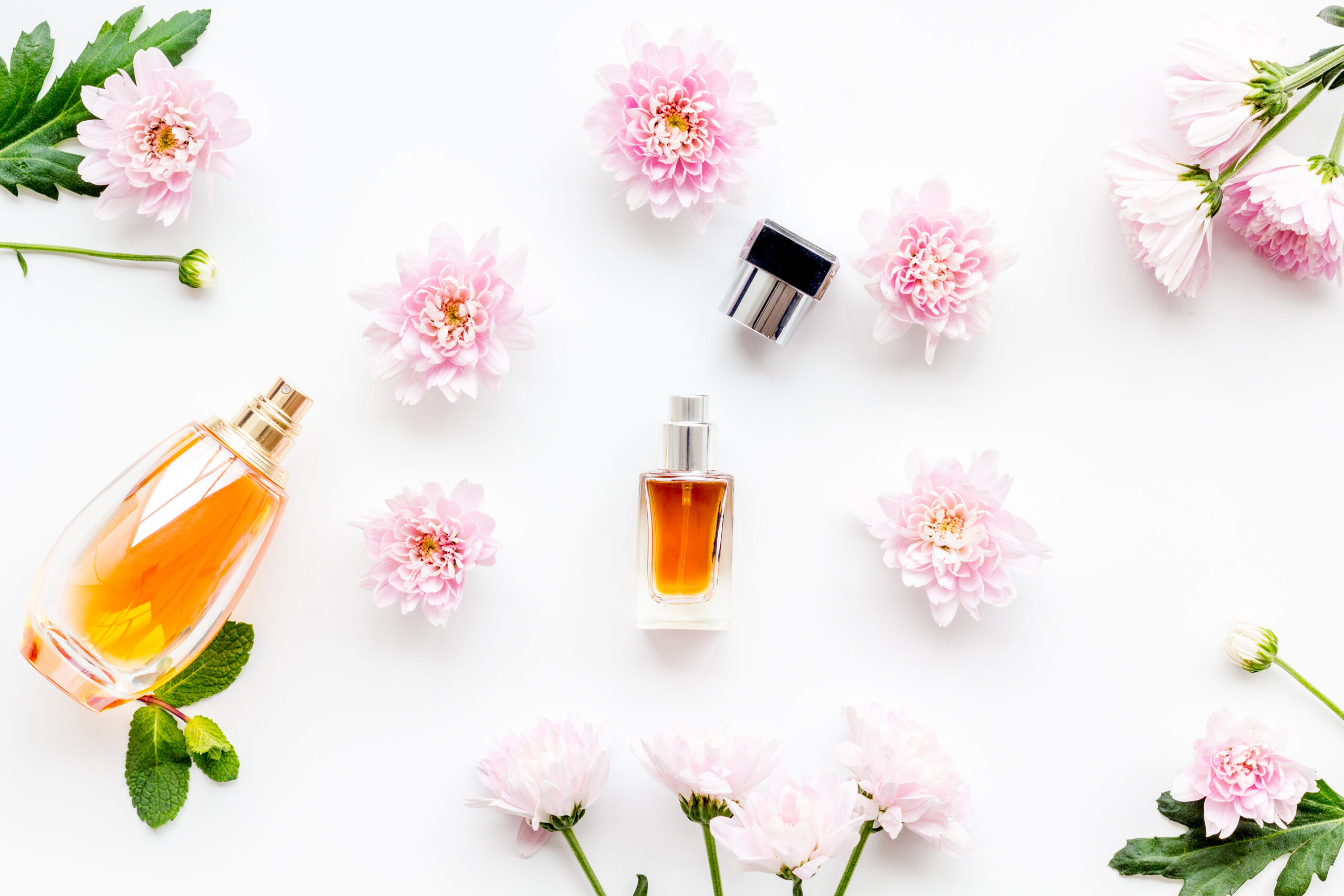September 29, 2022 – On September 15, 2022, the European Union notified the World Trade Organization (WTO) of a draft regulation on the labelling of fragrance allergens in cosmetic products. Accordingly, the law will extend the present setup to 61 additional fragrance ingredients.
Currently, the EU Cosmetics Regulation provides that 25 fragrance ingredients (they were 26 before the ban on Lilial) must be declared on labels when their concentration exceeds:
- 0.001% in leave-on products;
- 0.01% in rinse-off products.
Annex III to the EU Cosmetics Regulation lists those allergens and specifies the labelling threshold. In this way, sensitised consumers are aware of the allergens content in cosmetic products. Otherwise, fragrances are mentioned in the list of ingredients as ‘parfum’ or ‘aroma’.
New allergens to be labelled
Earlier, in 2012, the Scientific Committee on Consumer Safety (SCCS) issued an opinion (SCCS/1459/11) stating the need to add several other substances to the list of allergens to be individually labelled.
In particular, listing allergens is important:
- In clinical practice, to identify which allergens the patients had come into contact with;
- For allergic people, to avoid exposure to substances they do not tolerate.
With the Regulation just notified to the WTO, the European Commission has implemented the SCCS feedback. Hence, according to the draft, 61 additional fragrance allergens must be specified in the ingredients list when their concentration exceeds the above limits. Moreover, “when there are multiple common ingredient names for a substance, it should be set out in the individual labelling requirement which name is to be used in the list of ingredients” (EC, 2022).
Furthermore, the draft Regulation updates some entries by updating the names in light of the latest Glossary of common ingredient names and by adding new CAS numbers and isomers (molecules with the same formula but different space organisation).
Publication and application timelines
The draft regulation is now open for comments for 60 days. Afterwards, the European Commission intends to publish the final act in the first half of 2023.
Consequently, the update will require many beauty brands to modify their products’ labels, which is costly. In light of this, the law provides a period for the industry to adapt to the new requirements. Therefore, brands will have:
- 3 years to place on the EU market new products compliant with the current provisions;
- 5 years to sell the products already on the market and, eventually, to recall them.
Obelis Group, with its consultancy and Responsible Person services, can guide you through the cosmetics compliance process — Contact us today to receive further information.
Lastly, do not miss any cosmetics news — Subscribe to our monthly newsletter.
References:
- European Commission. (2022). Commission Regulation (EU) …/… of XXX amending Regulation (EC) No 1223/2009 of the European Parliament and of the Council as regards labelling of fragrance allergens in cosmetic products. Retrieved 21/09/2022
- European Commission. (2022). Annexes to the Commission Regulation (EU) amending Regulation (EC) No 1223/2009 of the European Parliament and the Council as regards labelling of fragrance allergens in cosmetic products. Retrieved on 21/09/2022
- Scientific Committee on Consumer Safety. (2012). Opinion on Fragrance allergens in cosmetic products. Retrieved on 21/09/2022



Leave a Reply